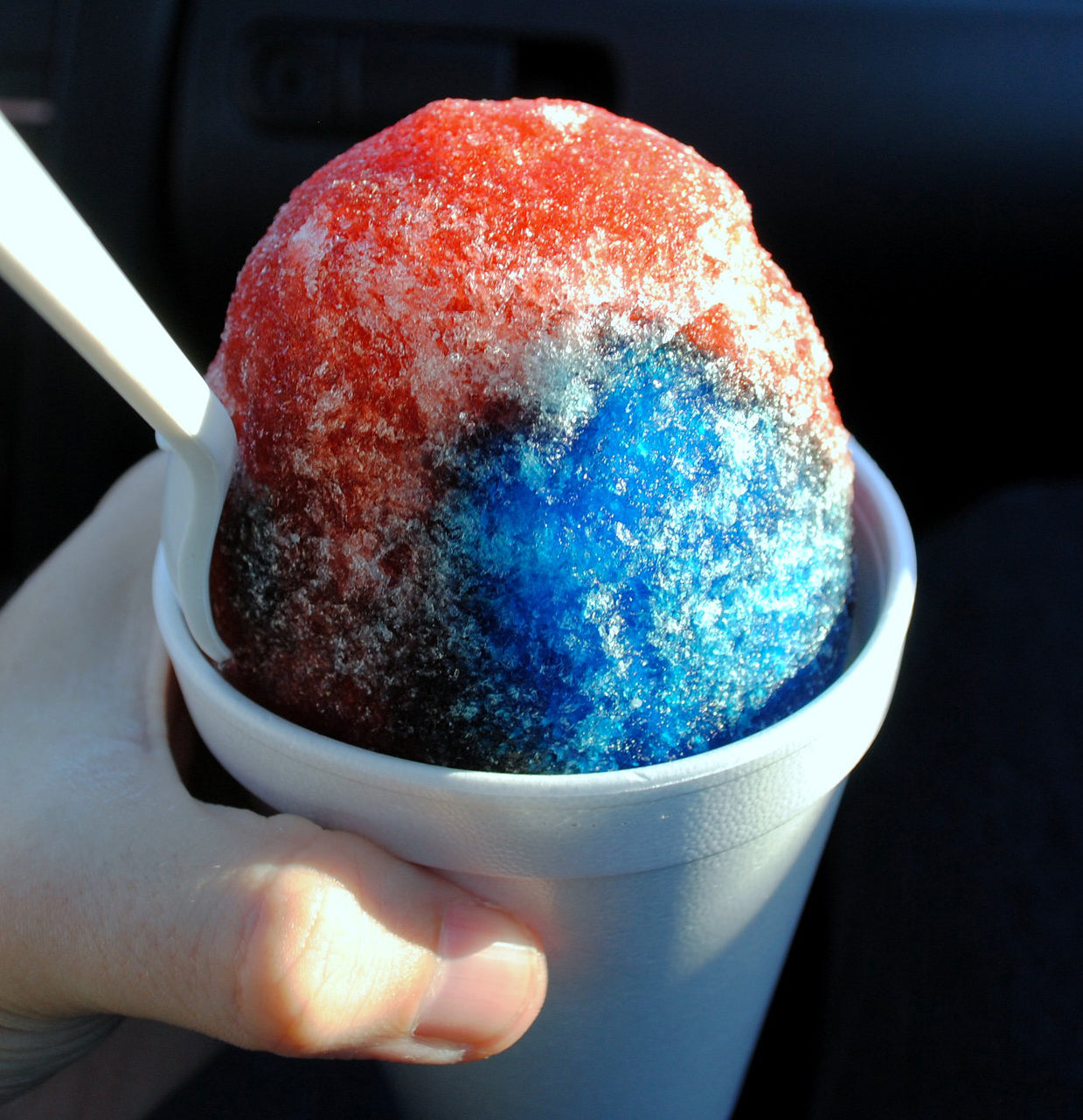

· By Chamoy City Limits
Exploring Snowcones from Around the World
When the scorching summer heat becomes unbearable, there's no better way to cool down than with a refreshing shaved ice snow cone. Originating from various corners of the globe, these icy delights offer a welcome respite from the sweltering temperatures. Join us on a global journey as we explore the history and diverse flavors of shaved ice snow cones from around the world.
Japan:
Kakigōri We begin our expedition in Japan, where the art of shaved ice is taken to new heights with Kakigōri. Dating back to the 11th century, this traditional treat is made by shaving ice into delicate, fluffy flakes. The ice is then topped with an assortment of sweet syrups, such as matcha green tea, cherry blossom, or condensed milk. Kakigōri is often garnished with fresh fruit, mochi, or sweet red bean paste, creating a delightful and visually appealing dessert.
Taiwan: Baobing
Traveling to Taiwan, we discover Baobing, a beloved shaved ice dessert. Originating in the 7th century during the Tang Dynasty, Baobing has evolved into a culinary masterpiece. The ice is finely shaved and stacked in a bowl, then adorned with a variety of toppings such as fresh fruits, sweetened beans, taro balls, and chewy mochi. A drizzle of condensed milk or flavored syrup completes this refreshing delight.
Mexico: Raspas
Heading across the Pacific Ocean to Mexico, we encounter Raspas, a bright and tangy shaved ice creation. Influenced by the nation's culinary diversity, Raspas combines tropical fruits like mango, tamarind, and pineapple with traditional Mexican flavors such as chamoy (a savory, sweet, and spicy sauce) and Tajín (a chili-lime seasoning). These flavor-packed combinations, served with a generous helping of shaved ice, provide a perfect antidote to the Mexican heat.
South Korea: Bingsu
Our next stop takes us to South Korea, where Bingsu reigns supreme as the go-to summer dessert. Originating in the Joseon Dynasty, Bingsu features finely shaved ice topped with an array of ingredients. Popular variations include the classic Patbingsu, consisting of red beans, rice cake, and sweetened condensed milk, and the modern Injeolmi Bingsu, adorned with chewy rice cakes and roasted soybean powder. With endless flavor options like coffee, green tea, or fruit, Bingsu caters to every palate.
Historical Recipes
Roman Snow Cones During the Roman Empire, snow cones were a luxury enjoyed by the elite. Snow from mountaintops was transported to the cities and flavored with honey, fruit juice, or wine. The concoction was then served as a refreshing delicacy to the aristocracy, offering a taste of the cold mountains in the scorching Roman summers.
Hawaiian Shave Ice In the early 20th century, Japanese immigrants introduced the concept of shaved ice to Hawaii. Known as "Hawaiian shave ice," it features finely shaved ice piled high in a cone or bowl, with an assortment of colorful and tropical syrups drizzled on top. Today, Hawaiian shave ice is an iconic part of Hawaiian culture and a favorite treat for locals and tourists alike.
Shaved ice snow cones have a rich and diverse history, with each region adding its own unique flavors and cultural twists to this delightful frozen treat. From the delicate and artistic Kakigōri of Japan to the tropical explosion of flavors in Mexican Raspas.
